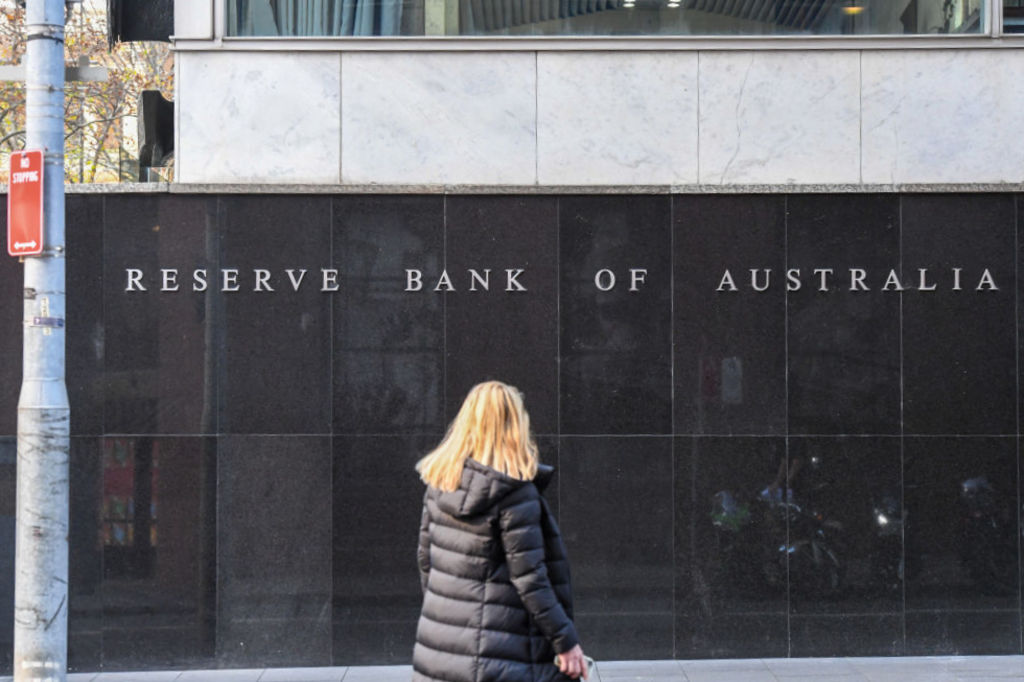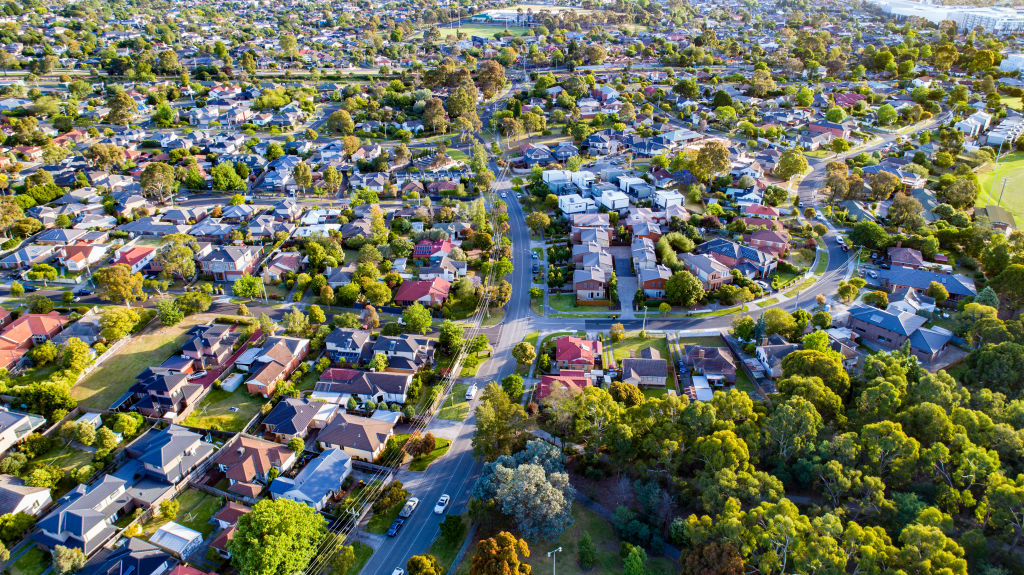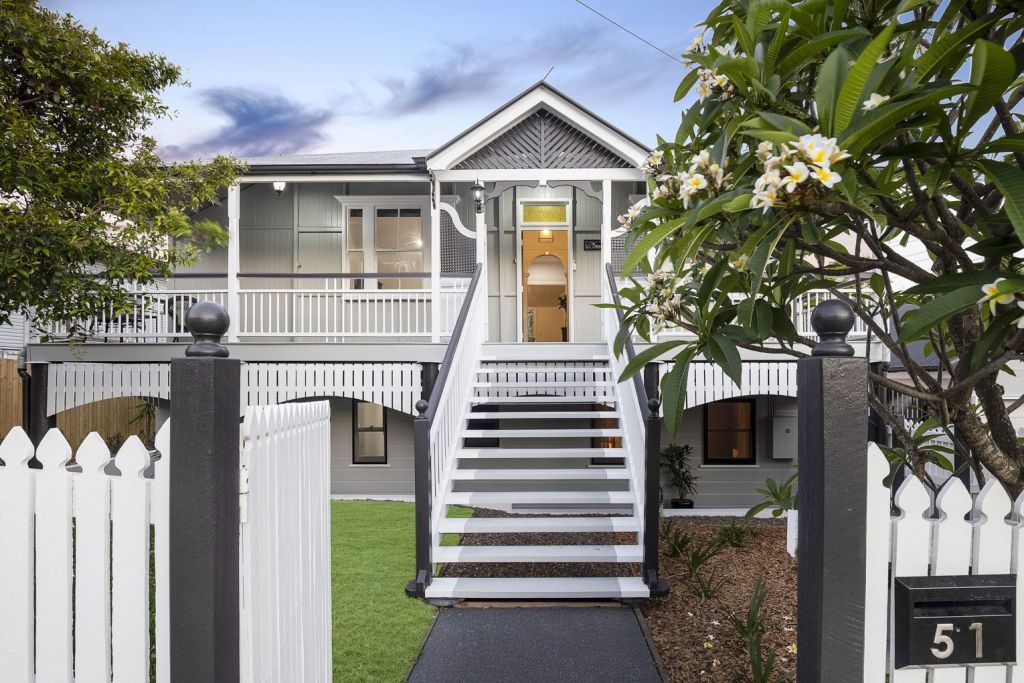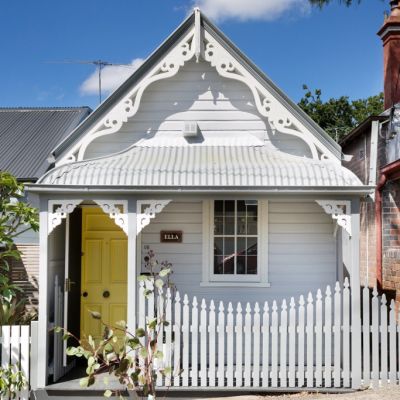5 things we got wrong about the property market in 2024
This year was one of the strangest on record, with the “will-they-won’t-they” ongoing uncertainty about interest rates, the mounting housing crisis and the continued after-effects of the pandemic on the market.
As a result, many forecasts from the experts never came to pass and, equally, many unexpected events did.
Interest rates were meant to come down this year weren’t they? And was the property market supposed to keep going up at the rate it did?
“I think the fact that so many people got it wrong showcases the complexity of our economy, both locally and globally,” said Domain chief of research & economics Dr Nicola Powell. “But I think we are ending the year feeling a lot more secure after so much apprehension and confusion, which is one good thing.”
So, now we look back on the year that was – and wonder at the hard lessons we all had to learn as a result.
Here are the five things the pundits thought were in store for this year and got wrong.
1. Interest rates would go down in 2024
From June 2023, when the Reserve Bank of Australia (RBA) pushed the cash rate up to a shocking 4.35 per cent after 12 quick rate hikes, experts were predicting all the way through 2024 that a cut would soon come and mortgage relief was in sight. But it didn’t, and it wasn’t.
It was worse, somehow, because it was all so unexpected. RBA governor Philip Lowe had said back in September 2021 that the rate wouldn’t go up until inflation had gone down – which wouldn’t happen before 2024.
Instead, the rate soared, then stayed stubbornly high throughout the year. Finally, the prediction was that rates would fall in February 2025, then May, and now most are saying it will finally happen later in the year.

“But the early optimism about rates coming down in 2024 influenced so many people’s decisions about buying property,” said Powell. “And that was the basis of so many things that went wrong this year.
“That rate contributed to making property much less affordable to buy, and made it more difficult for those who’d already bought. Then that uncertainty had a powerful influence on market dynamics and sentiment.”
2. Inflation would fall faster than it did
Inflation proved much stickier than anyone anticipated. Persistent services inflation, lingering supply-chain issues, and steep energy costs maintained the upward pressure. Unemployment remained markedly low, and rising wages contributed to more spending, further boosting inflation.
As a result, the RBA said it had no alternative but to keep interest rates on hold, which meant those with a mortgage did not get the relief they had been hoping for, and those with plans of buying were forced to rethink how much they were willing to borrow.

Any plans to factor in imminent rate cuts into borrowing had to be either abandoned or budgeted for.
But happily, by mid-2024, measures to contain inflation seemed to be finally bearing fruit. Government electricity rebates and lower petrol prices helped balance out other rising costs, and over the 12 months to the September 2024 quarter, the Consumer Price Index rose just 2.8 per cent – within the target RBA range of 2-3 per cent.
3. The Melbourne market would recover
Despite housing prices recovering in most markets, Melbourne remained weak and, astonishingly, became even weaker over the year.
Latest Domain figures show the median house price in Melbourne has dropped 1.5 per cent over the last quarter to $1,024,243 – 6.3 per cent less than its peak price. Units are 4.8 per cent down from their peak at a median of $572,491.
Agents report that you can now buy an apartment in Melbourne for about 30 per cent less than it would cost to build.
High interest rates on the back of the devastating pandemic, which hit Melbourne harder than anywhere else, have had a major depressing effect. At the same time, growth in the supply of units has outpaced demand. Then, there were changes to land tax in Victoria, which hit house owners hard.

Jacob Caine, president of the Real Estate Institute of Victoria, said that was the final blow. “I don’t think even cuts to the interest rate will bring the market back,” he said.
The good news for property hopefuls? Now is your opportunity. A softer Melbourne market means better deals, more time to look around, and better buying conditions overall. Even for those existing homeowners, the data shows a slower market is always a better time to upgrade, as the gap between cheaper and more expensive homes is narrower.
4. The “mortgage cliff” was over
The prediction was chilling. So many people had taken out fixed-rate mortgages during COVID’s record low interest rates and were about to have the shock of their lives when their term ran out, and they were switched onto much, much higher variable rates.
The “mortgage cliff” was predicted to hit borrowers hardest last year. While it was tough for those who endured a sharp jump in their repayments from 2 per cent to over 6 per cent, it has become clear that this cliff has never been a hard “one-and-done situation” where everyone rolls off their fixed rates at once.
Reserve Bank economist Benjamin Ung says that more than a third of fixed-rate loans were due to roll over this year.
Luckily, they didn’t go out with a bang; it was much more a whimper. The cliff came at vastly different times for different people, so it turned out to be a much more staggered trauma. Mortgage holders also had a long time to prepare, so there were far fewer distressed sales than expected.
5. The Brisbane, Adelaide and Perth markets would lose their star status
These three markets started the year strongly, and against all the odds, they’re set to end 2024 with a bang, too.
The latest Domain House Price Report revealed that Perth house prices have risen an astonishing 25.3 per cent over the year, Adelaide’s by 16.9 per cent, and Brisbane’s by 14.8 per cent. In the third quarter, they rose by 3.1 per cent, 4.2 per cent and 1.5 per cent respectively.

Unit prices were similarly strong in those three capitals, as well. In Perth, they rose by 25.1 per cent over the year, and 0.9 per cent in Quarter 3, in Adelaide by 16.8 per cent on the year and 3 per cent on the quarter, and in Brisbane 19.2 per cent and 3.3 per cent on the quarter.
Their prices strengthened because of their much more affordable housing, robust local economies and increased interstate migration.
Powell said, “This shift not only diversified the national property landscape, but also highlighted changing buyer preferences, including the appeal of lifestyle changes and remote work opportunities that smaller cities offer.”
We recommend
We thought you might like
States
Capital Cities
Capital Cities - Rentals
Popular Areas
Allhomes
More










